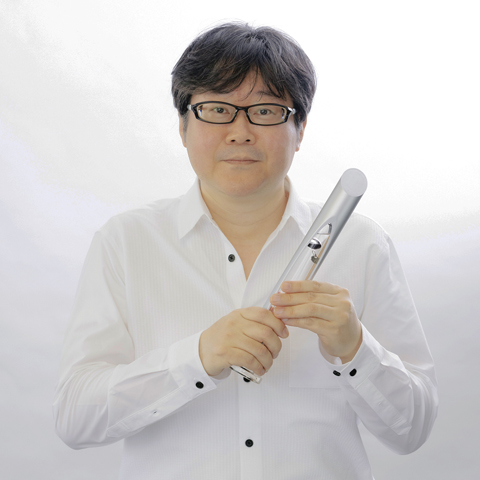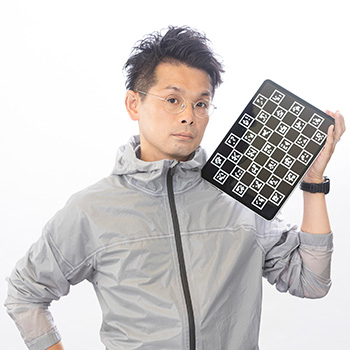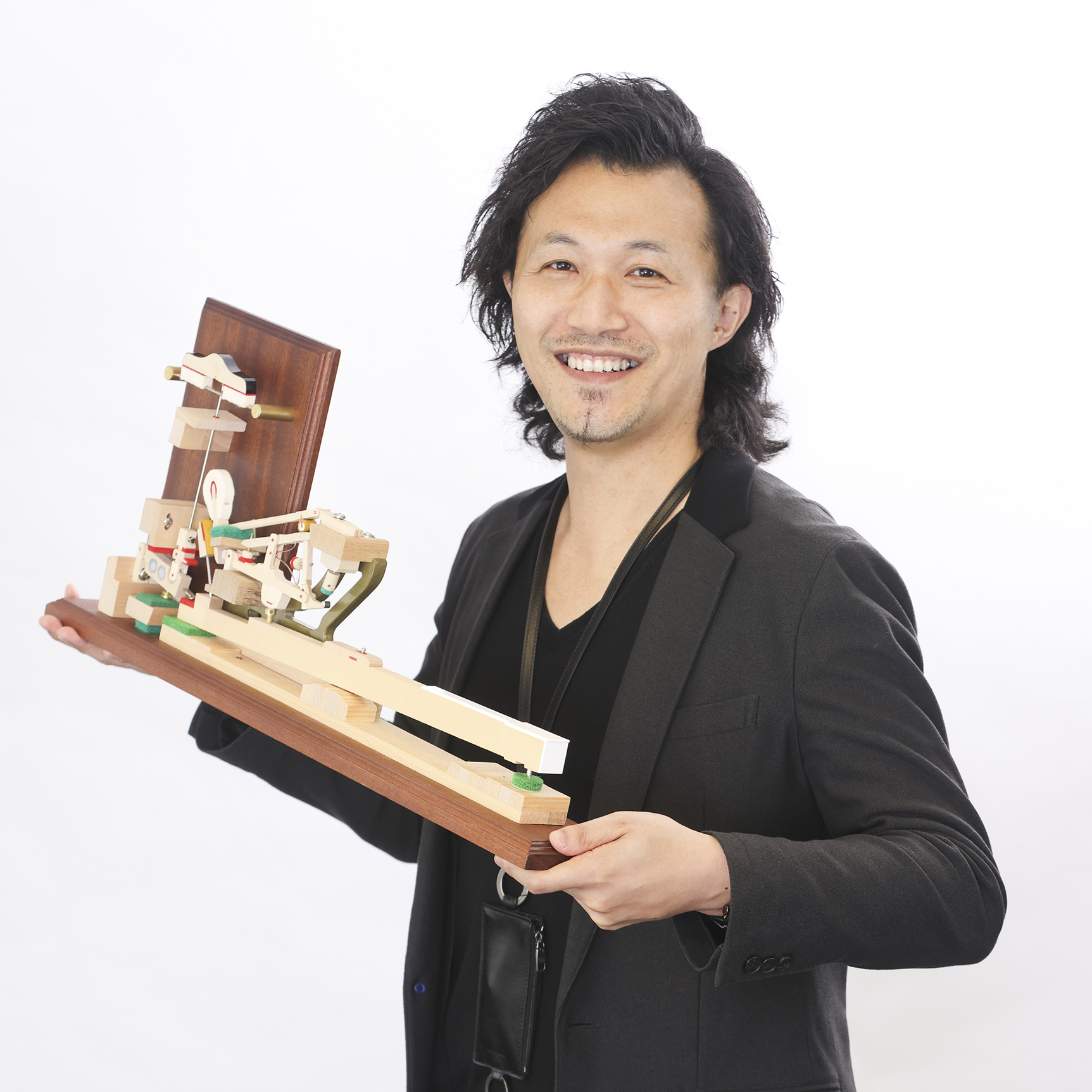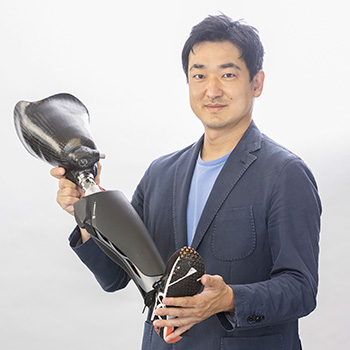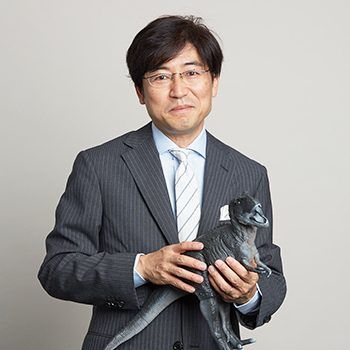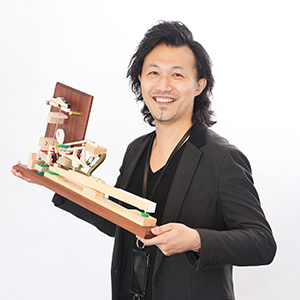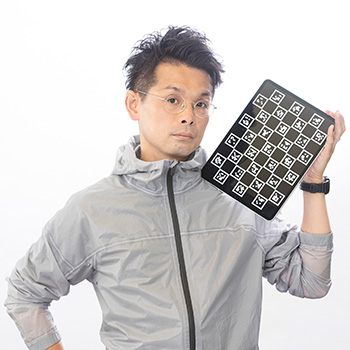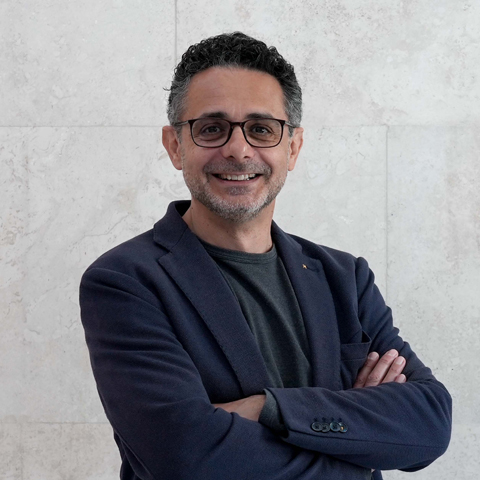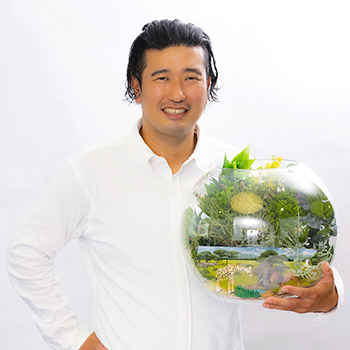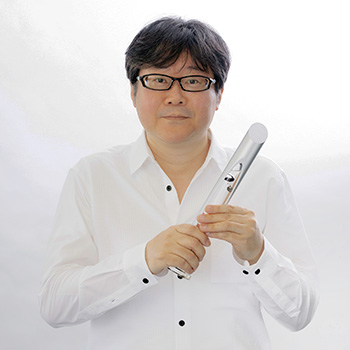News&Articles
- すべて
- Press Release
- Articles
- 2025
- 2024
- 2023
- 2022
- 2021
- 2020
- 2019
- 2018
- 2017
- 2016
- 2015
- 2014
- 2013
- 2012
- 2011
- 2010
- 2009
- 2008
- 2000
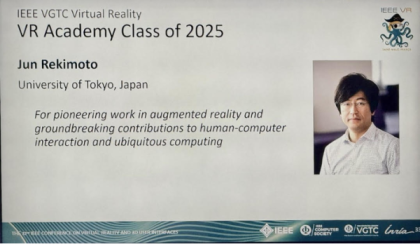
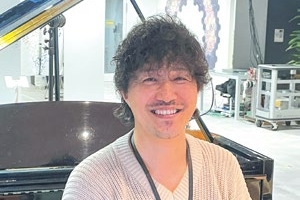
[Article]笠原研究員等による論文がCHI 2025のBEST PAPERに選ばれました
Conversational Agents on Your Behalf: Opportunities and Challenges of Shared Autonomy in Voice Communication for Multitasking
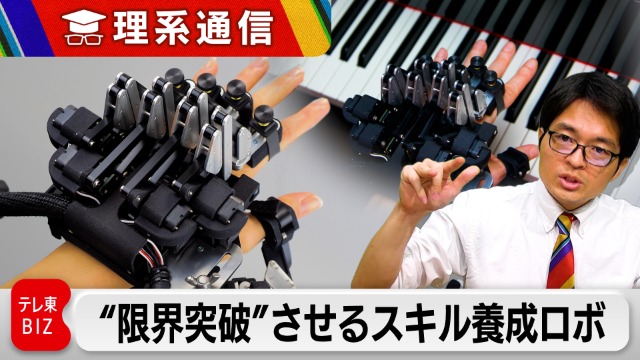
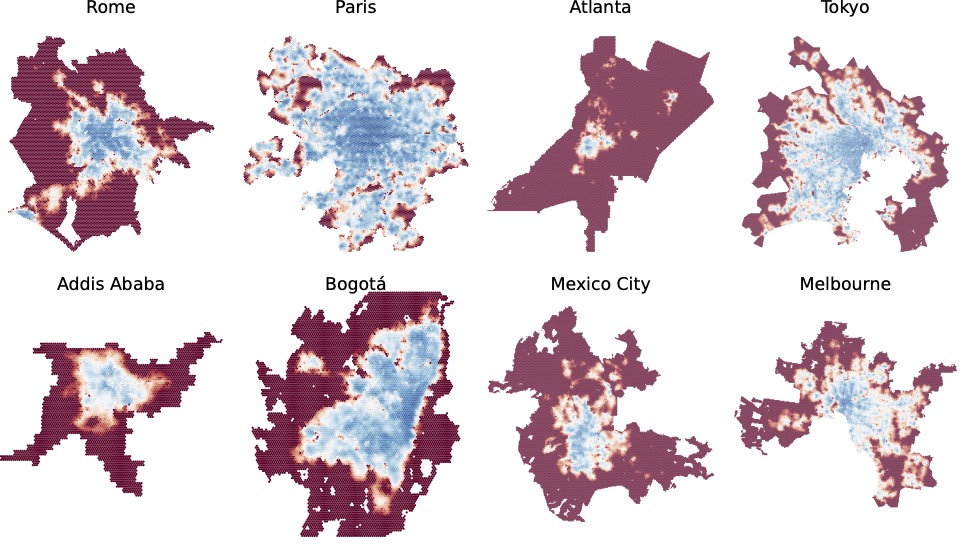
[INFO]世界経済フォーラムのホワイトペーパーにSynecocultureが取り上げられました
Climate Adaptation: Unlocking Value Chains with the Power of Technology

[Article]磯崎研究員等による論文が掲載されました。
Practically effective adjustment variable selection in causal inference
